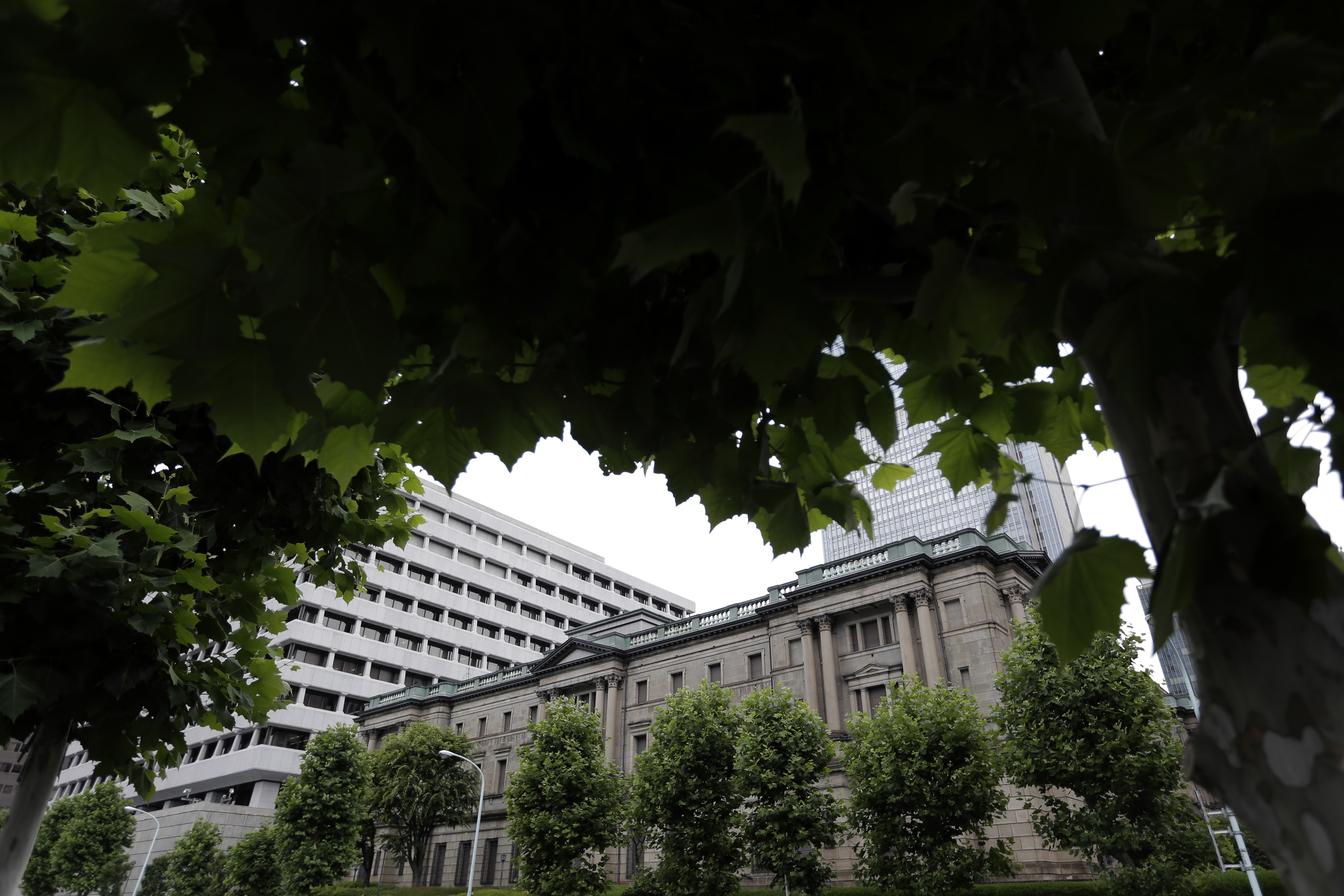As Bank of Japan Gov. Haruhiko Kuroda confronts pressures to launch helicopter money, he could do a lot worse than remember the life — and death — of Viscount Korekiyo Takahashi.
As Japan's economic czar in the early 1930s, Takahashi initiated the equivalent of helicopter money, using the BOJ to directly finance deficit spending by the government. Coupled with abandonment of the gold standard, Takahashi's reflationary policies "brilliantly rescued Japan from the Great Depression," Ben Bernanke, a former chairman of the U.S. Federal Reserve, said in 2003. A steep yen decline helped.
Unfortunately, the tale does not end there. After Takahashi subsequently sought to rein in deficits by slashing military spending, he was assassinated in 1936 by rebelling army officers. A breakdown in fiscal discipline and an inflationary surge followed as Japan geared up for World War II.


















With your current subscription plan you can comment on stories. However, before writing your first comment, please create a display name in the Profile section of your subscriber account page.